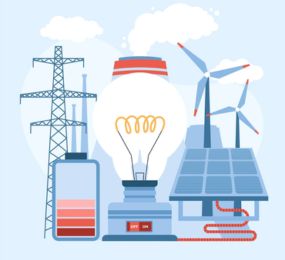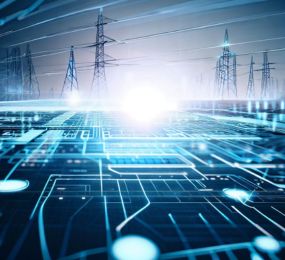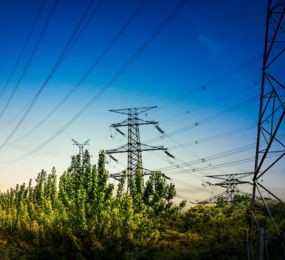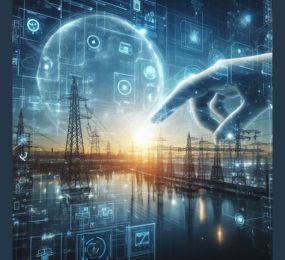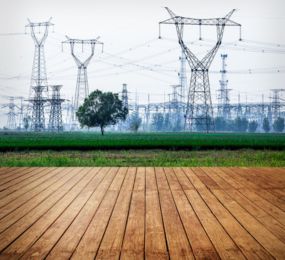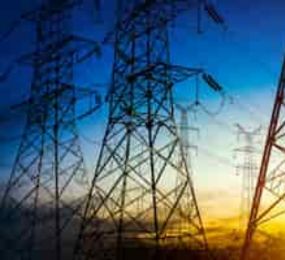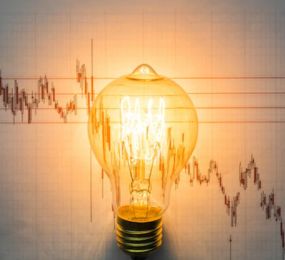Integrating renewable energy sources into power grids is crucial for transitioning to a sustainable energy future. Power grid digitalization and automation play a pivotal role in facilitating this integration, ensuring enhanced grid efficiency, stability, and sustainability.
Enhanced Grid Efficiency:
Digitalization and automation technologies enable real-time monitoring and management of energy flows within the grid. By leveraging advanced analytics and machine learning algorithms, utilities can optimize the use of renewable energy sources, minimizing waste and ensuring that energy is distributed efficiently. Smart grids, equipped with automated systems, can dynamically adjust to fluctuations in energy supply and demand, enhancing overall grid efficiency.
Improved Grid Stability:
Renewable energy sources, such as solar and wind, are inherently variable and can introduce instability into the power grid. Digitalization and automation technologies address this challenge by providing accurate forecasting and predictive analytics. These tools help predict energy generation patterns and align them with consumption needs. Automated control systems can quickly respond to changes in energy supply, maintaining grid stability and preventing outages.
Seamless Renewable Integration:
Digitalization facilitates the seamless integration of diverse renewable energy sources into the grid. Advanced metering infrastructure (AMI) provides detailed data on energy production and consumption, enabling better coordination between different energy sources. Energy storage solutions, such as batteries, are integrated with automated systems to store excess renewable energy and release it when demand is high, ensuring a consistent power supply.
Supporting Decentralized Energy Production:
Automation technologies support the integration of decentralized energy production, including rooftop solar panels and small-scale wind turbines. By connecting these distributed energy resources (DERs) to the grid, digitalized systems can efficiently manage the flow of energy from multiple sources. This decentralized approach reduces reliance on centralized power plants and promotes a more resilient and sustainable energy system.
Promoting Environmental Sustainability:
The integration of renewable energy sources through digitalization and automation contributes significantly to environmental sustainability. By reducing dependence on fossil fuels, these technologies lower greenhouse gas emissions and help mitigate climate change. Additionally, optimizing the use of renewable energy enhances energy security and supports the global transition to a clean energy future.
Future Prospects:
As digitalization and automation technologies continue to advance, their role in integrating renewable energy sources will become even more critical. Innovations in artificial intelligence, blockchain, and IoT will further enhance grid management, ensuring that renewable energy is utilized to its full potential.
Power grid digitalization and automation are essential for the successful integration of renewable energy sources. By enhancing grid efficiency, improving stability, and promoting environmental sustainability, these technologies pave the way for a resilient and sustainable energy future.
Visit our website to register and secure your spot today! click here: https://bit.ly/3peklYc
For more information and group participation, contact us: [email protected]


